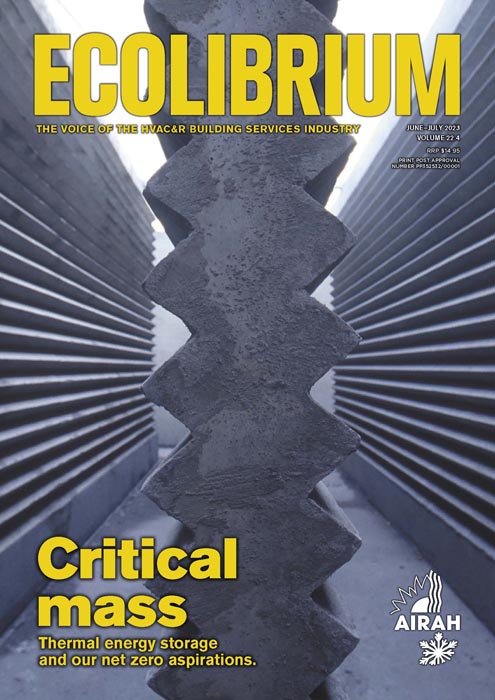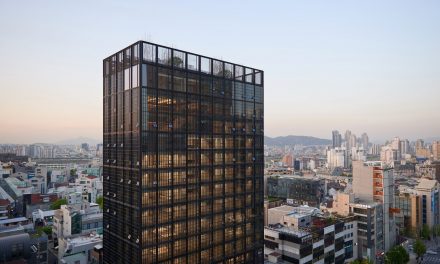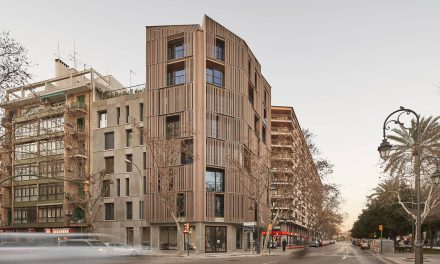Raising the profile of the HVAC&R building services industry is a goal that runs across all AIRAH’s activities.
AIRAH regularly asks our Special Technical Groups about issues affecting different parts of our industry. In these spaces our members have raised topics of immediate and specific concern, such as registration and licensing, indoor air quality, and the refrigerant transition. Based on this feedback, AIRAH undertakes targeted engagement with government and other industry stakeholders.
But there is one concern that traverses every issue and group: the need for wider understanding and recognition of the HVAC&R building services industry. On this front also, AIRAH is always active.
World Refrigeration Day
Launched in 2019 and supported by the UN Environment Programme (UNEP), World Refrigeration Day is held annually on June 26 – Lord Kelvin’s birthday. Despite the name, it celebrates not just refrigeration but all aspects of HVAC&R.
The WRD 23 campaign, “Next Generation Cooling”, focuses on the future of cooling technology, the industry, the people working within it, and those that benefit from it.
“Next generation cooling is important because it can help reduce the energy consumption and carbon emissions of cooling systems, which are becoming more widely used as the world gets hotter and more humid,” say the organisers.
“For example, according to the International Energy Agency, air conditioners account for nearly 20 per cent of the total electricity used in buildings around the world today, and their use is set to soar over the next three decades, becoming one of the top drivers of global electricity demand.”
The theme also recognises the vital role that the HVAC&R workforce will play.
Recruit, train and retain
“As an industry, we need to recruit, train and retain people equipped with the knowledge and skills that a modern, forward-thinking industry requires,” says World Refrigeration Day founder Stephen Gill.
“Just as no one will expect the cooling solutions we supply in the future to be the same as those from the past, no one should expect the workforce to be the same either. This year’s campaign is an opportunity to showcase what we are doing now to ensure we have the diverse, highly skilled workforce that our future industry needs.”
AIRAH is supporting this global initiative through the launch of a free series of webinars on refrigeration fundamentals. The program began at the beginning of June and will run until November. Division events and site visits are
also planned around June 26.
Workers of the future
As reflected in the theme of WRD 2023, our industry needs workers – now and into the future. Australia is experiencing a severe shortage of engineers and tradespeople, and with HVAC&R work set to increase in the years ahead, those shortages will only become more acute.
We know we need to start the education process early. If we can raise the profile of our industry in schools, when students are making early career choices, we may attract more talent.
Recently, AIRAH and Woolworths were invited by the Australian Government Department of Employment and Workplace Relations to be part of a jobs briefing. This is a virtual meeting held to promote bulk recruitment opportunities and employment pathways with employment services providers and other supports, such as school careers counsellors.
AIRAH CEO Trish Hyde talked about our industry, AIRAH’s role in it, and the importance of World Refrigeration Day. Dario Ferlin, M.AIRAH, and Caroline Fitzgerald from Woolworths talked about the work they do recruiting and supporting apprentices in the vital work of making their systems more sustainable. They noted that Woolworths uses around one per cent of all electricity in Australia, and about half of that is used by the refrigeration systems.
The session was an opportunity to talk to people outside our sector about the work we do and the opportunities we offer. The key message: Our industry may often be invisible, but it is indispensable.
Another jobs briefing is now being planned with employment services providers from the construction sector, this time with AIRAH members from other organisations. Watch this space.
Like to know more?
View AIRAH’s advocacy positions, open consultations, and recent submissions at airah.org.au/advocacy












